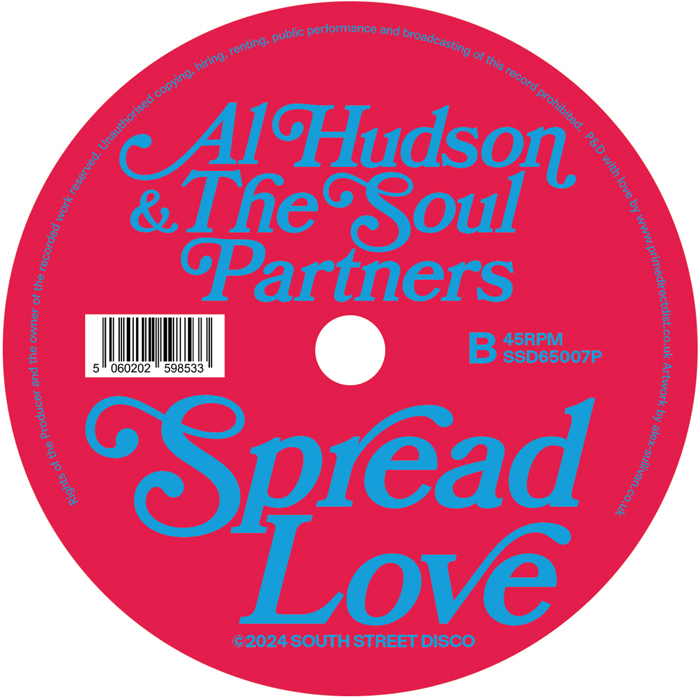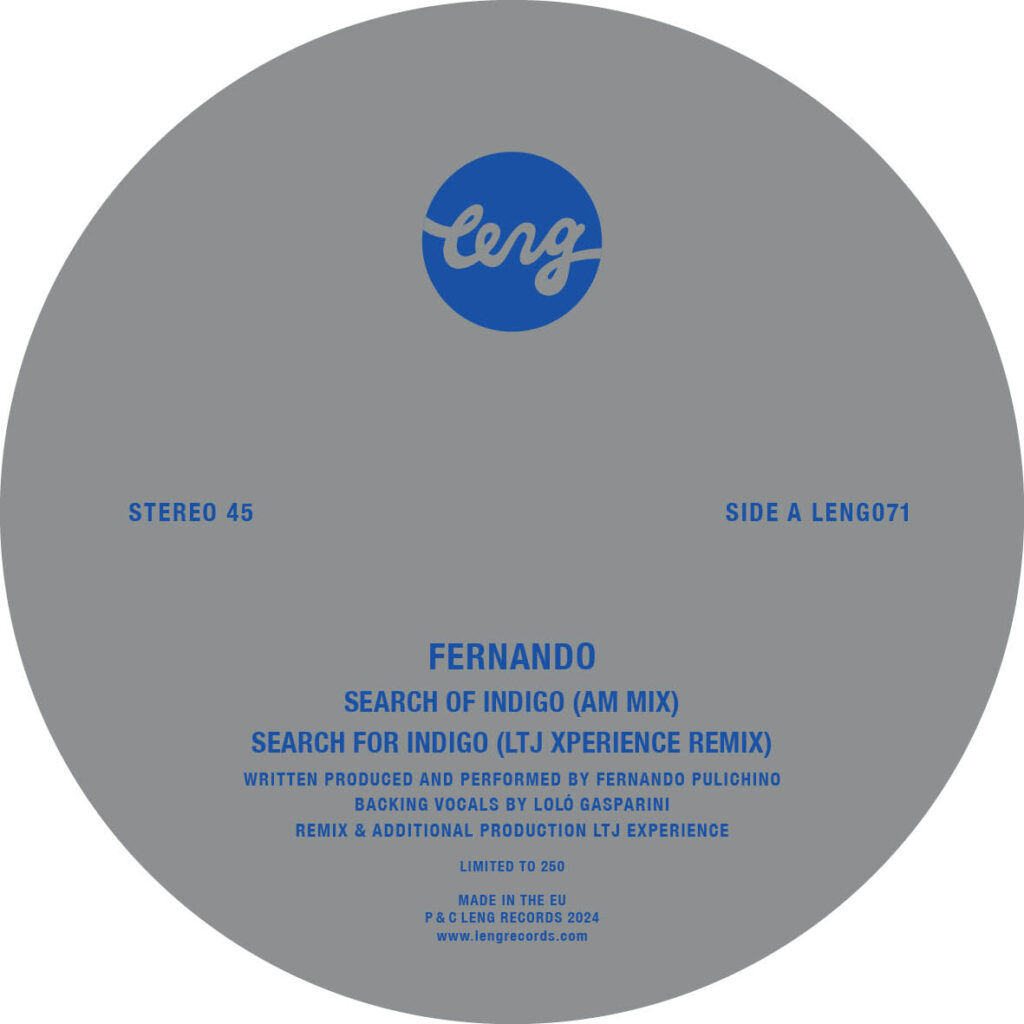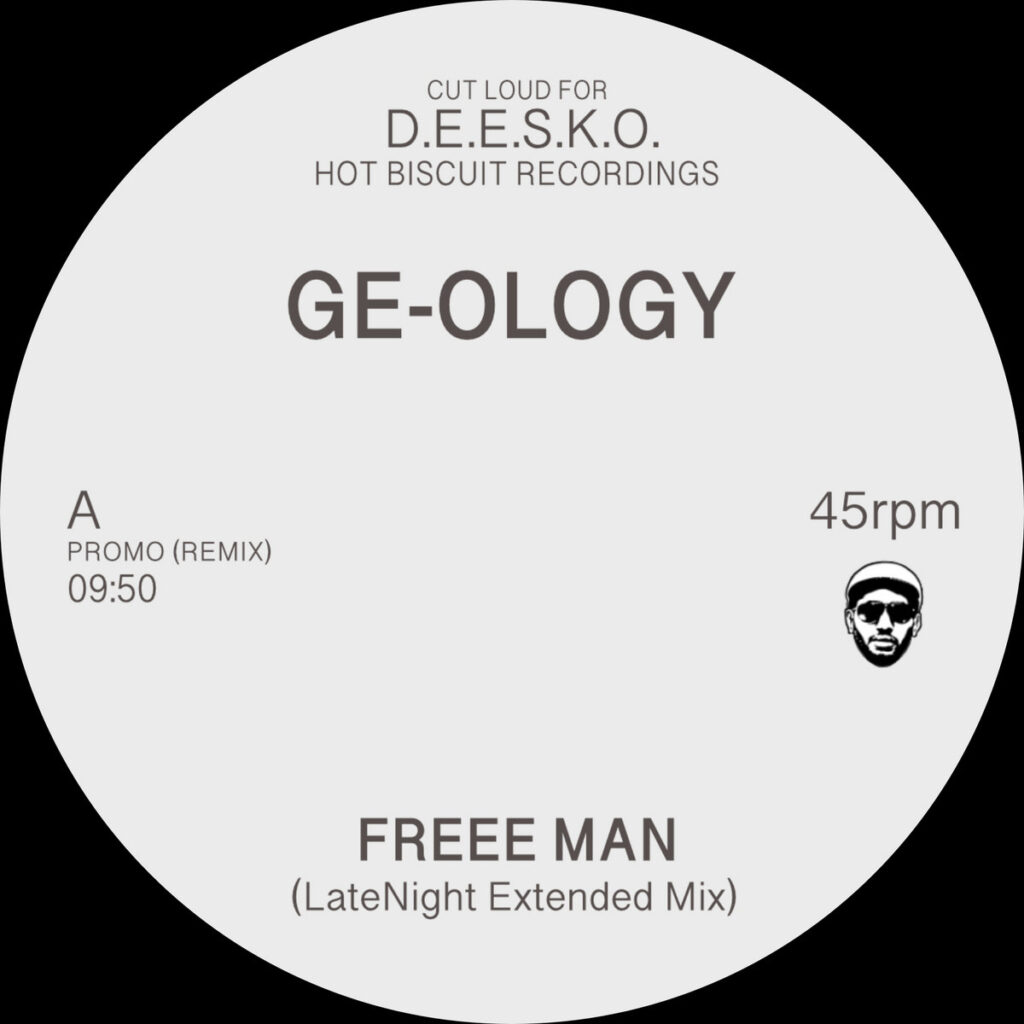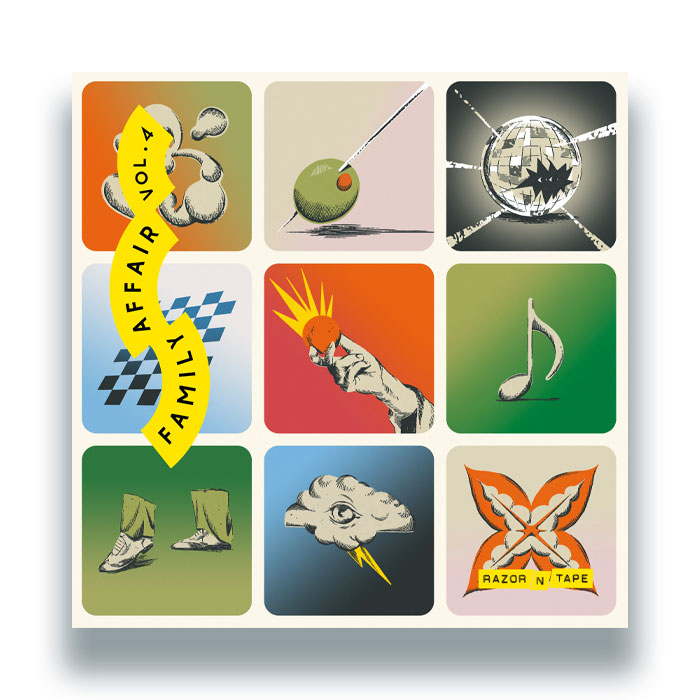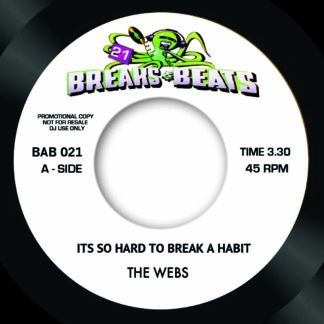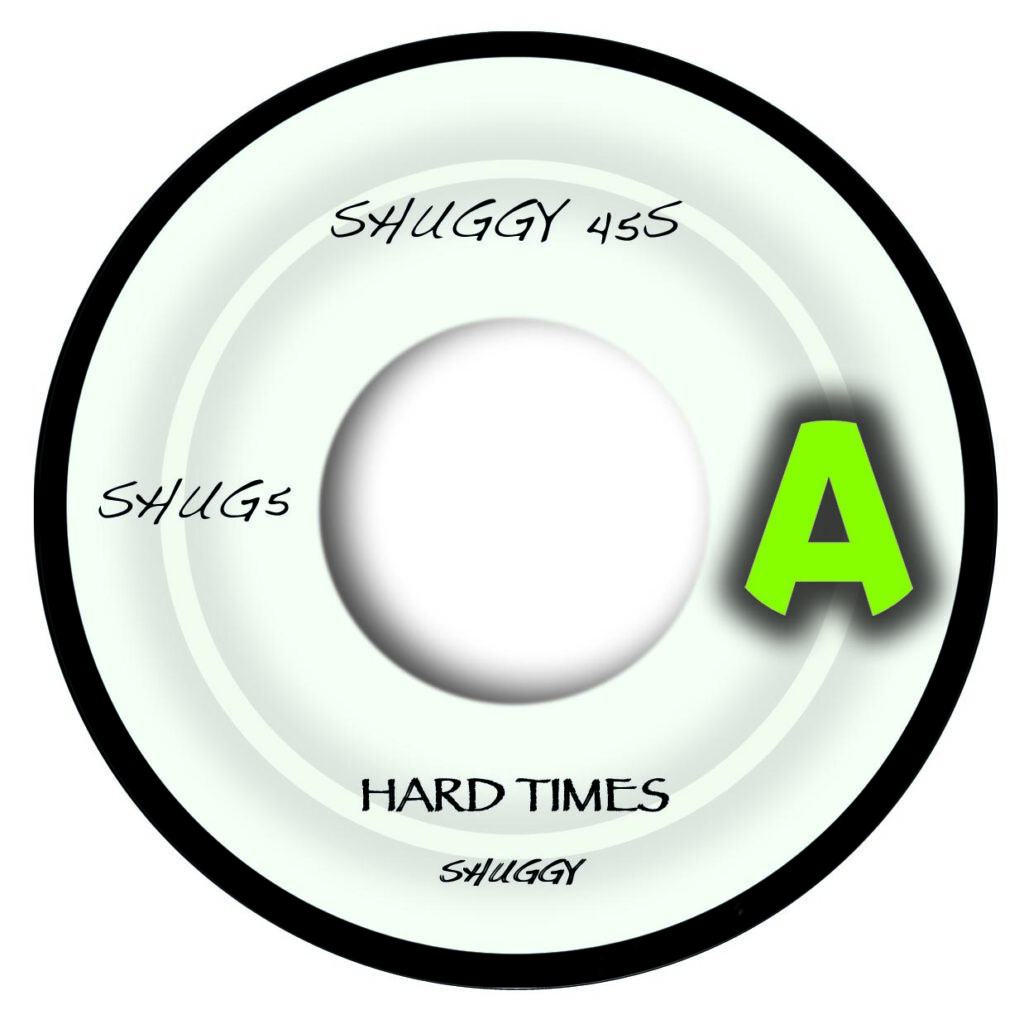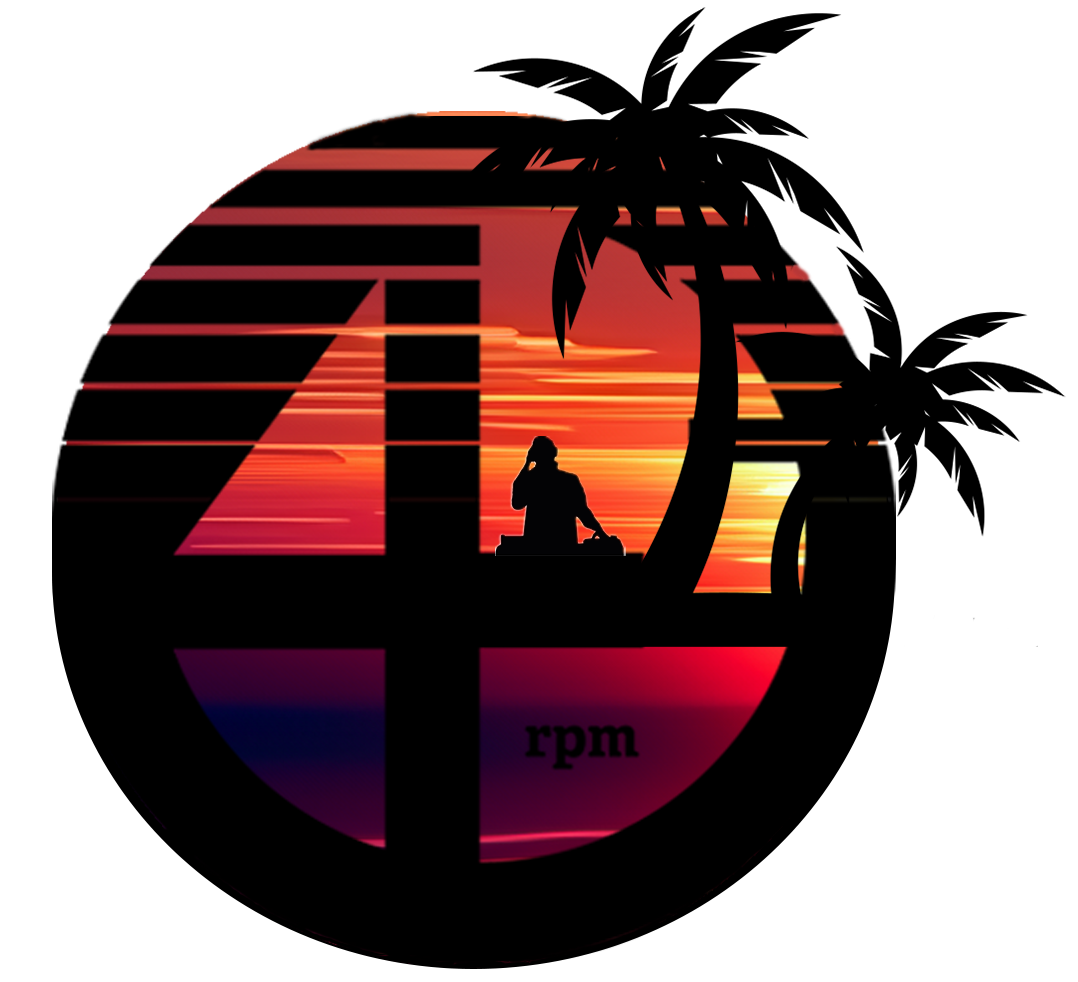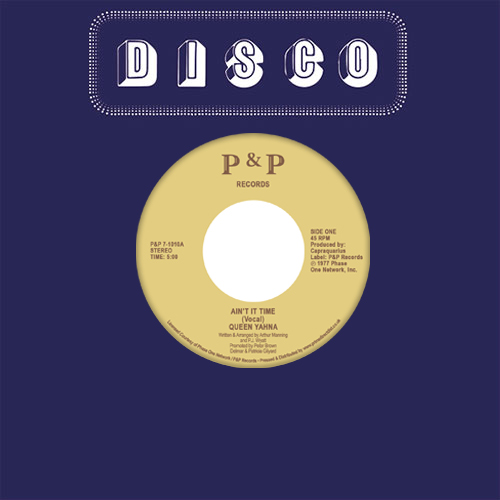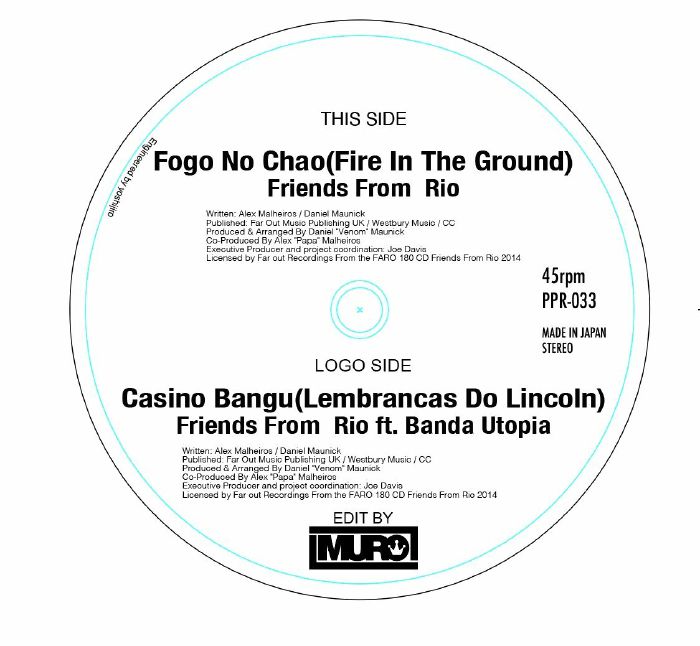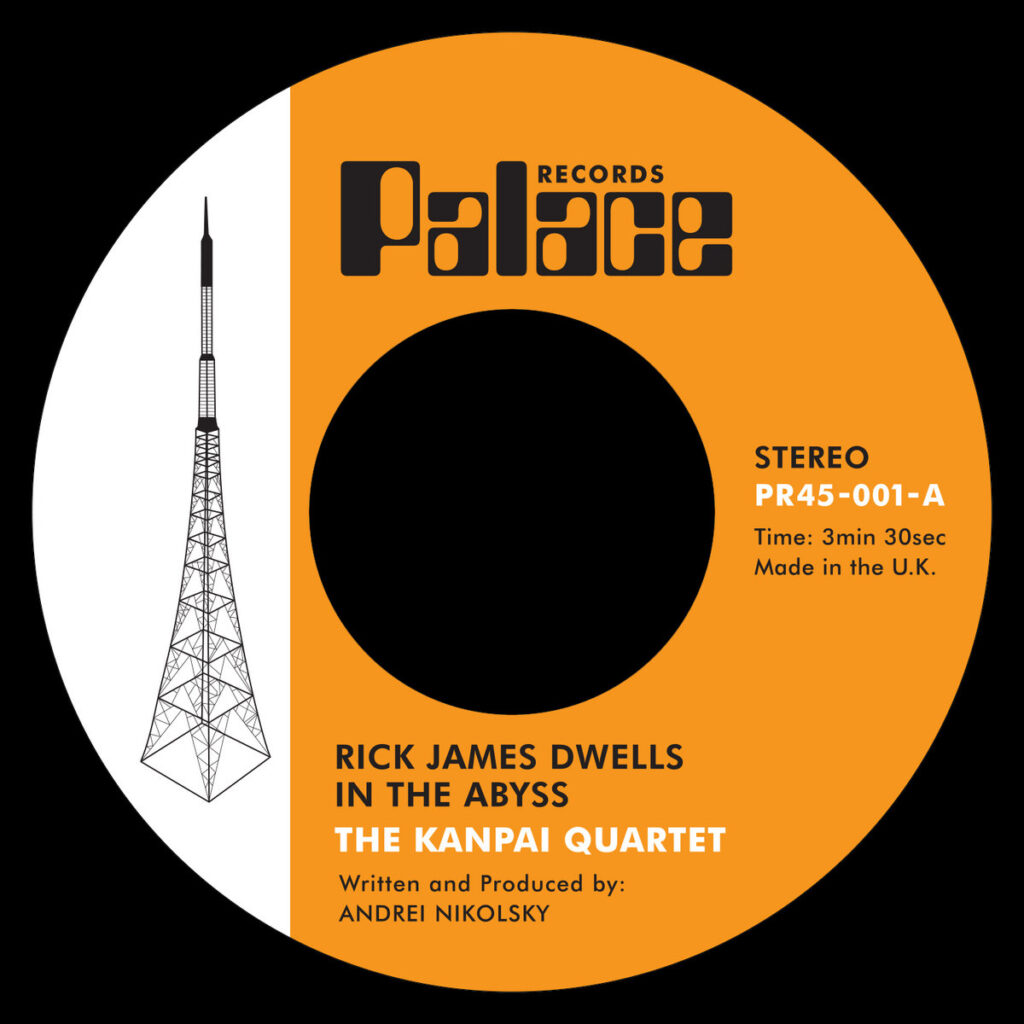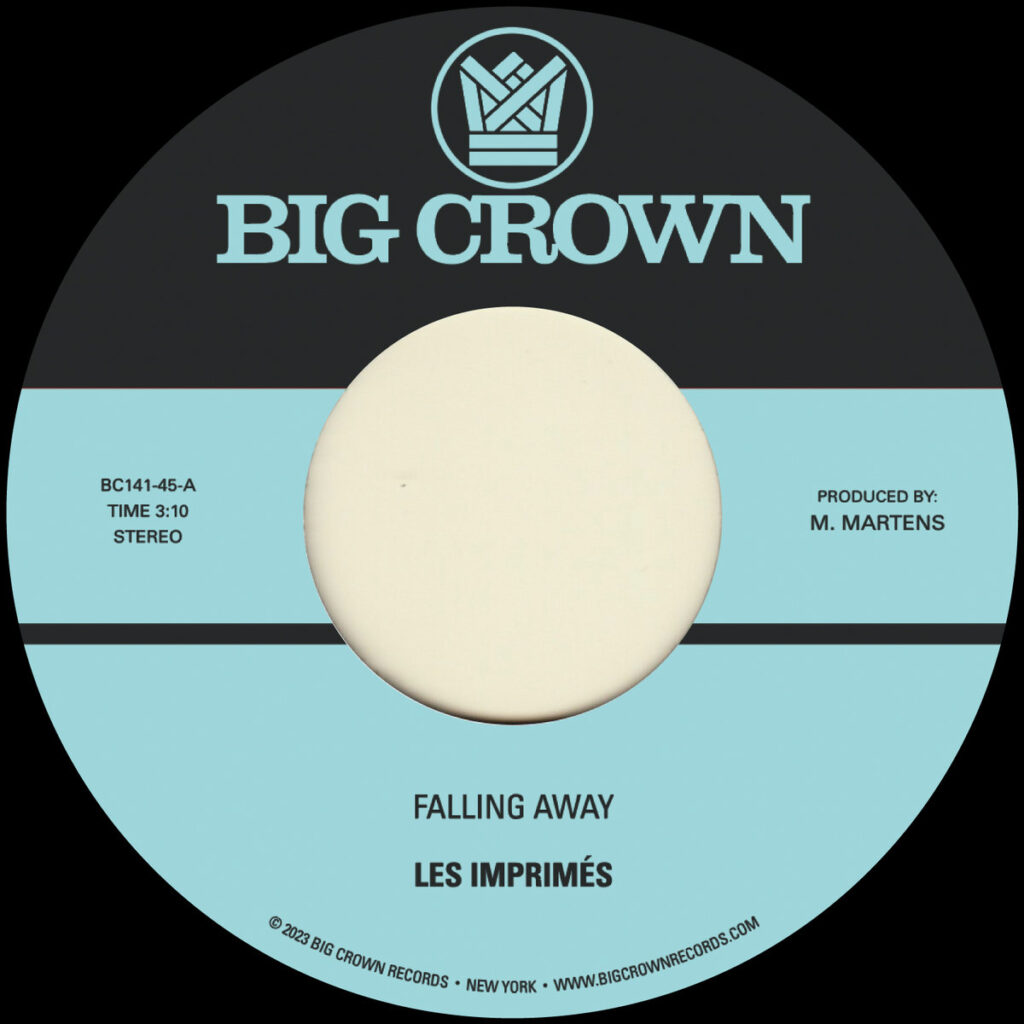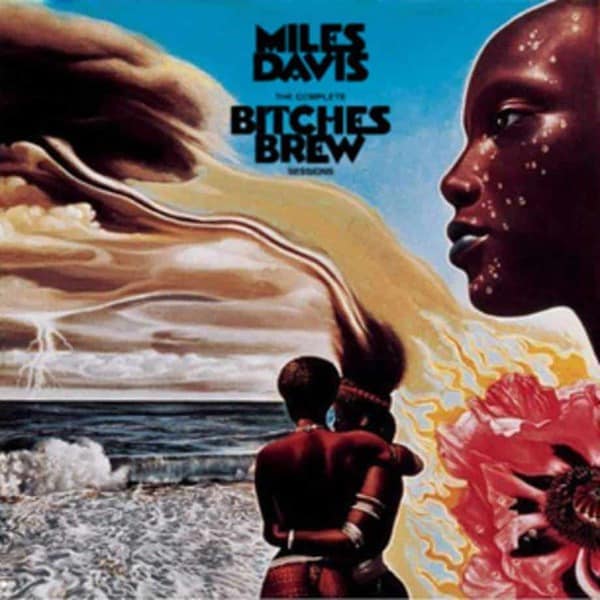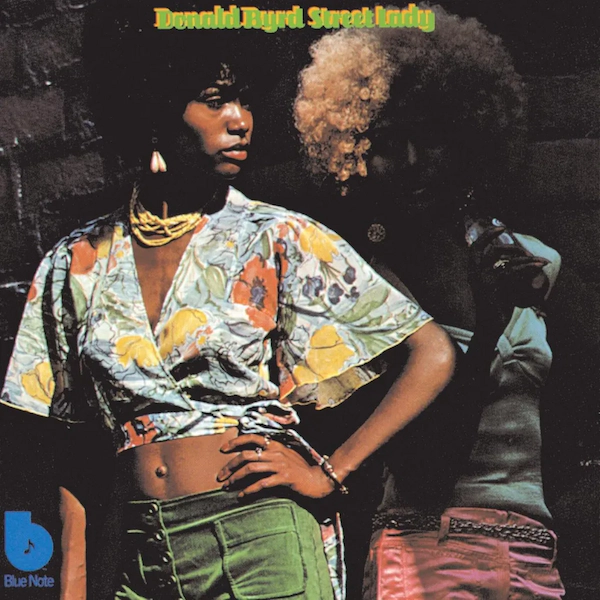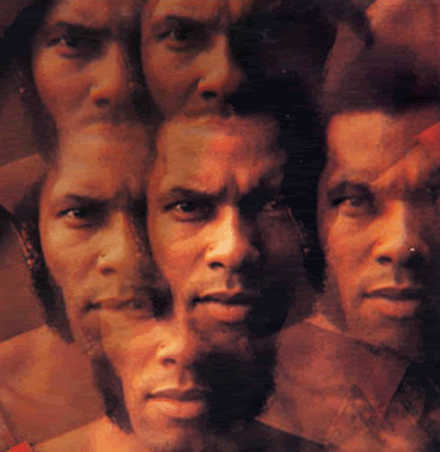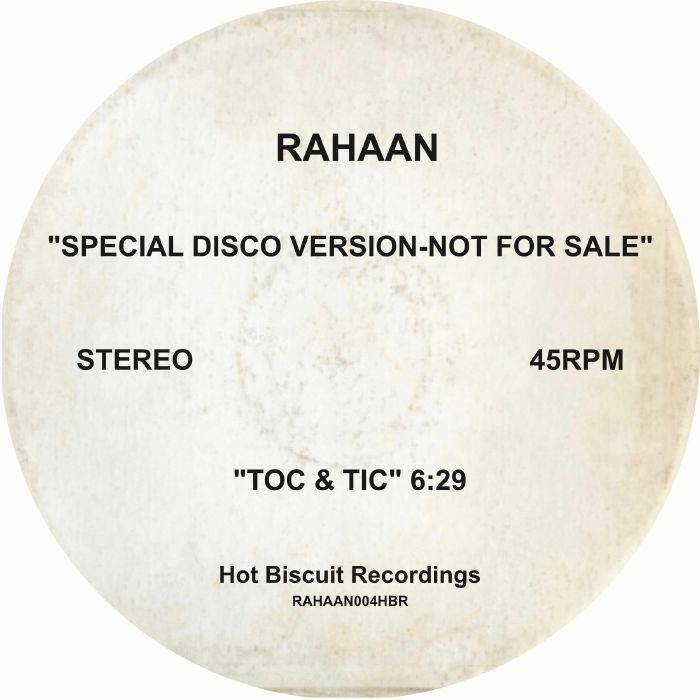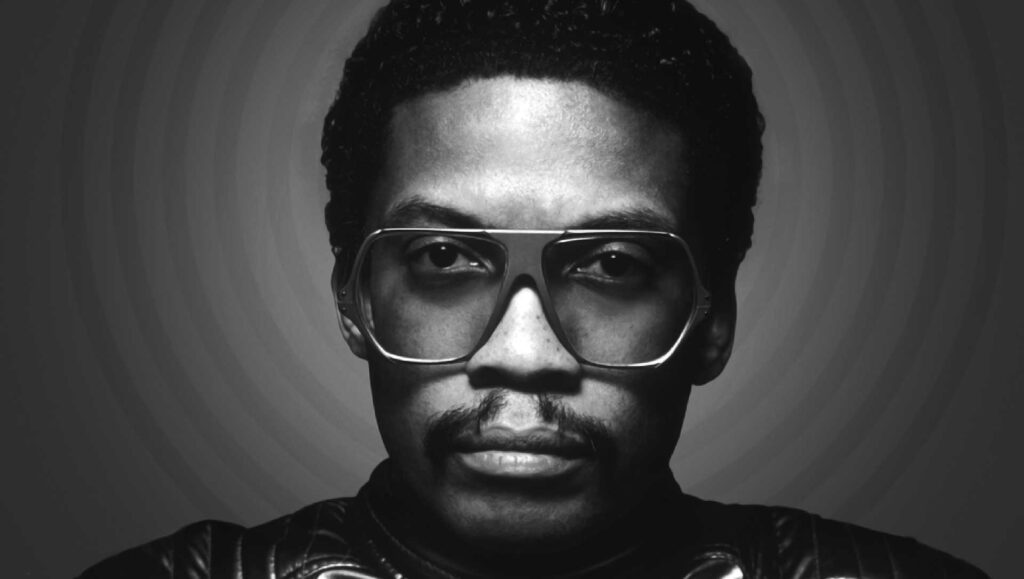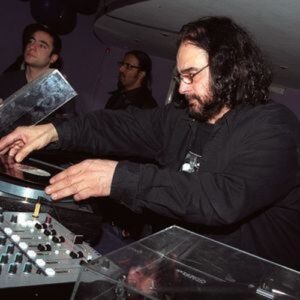The 1960s witnessed the rise of a vibrant jazz movement that challenged conventions and pushed boundaries. Jazz musicians of the ’70s experimented with new sounds and styles throughout the decade, eventually giving birth to a fusion genre known as jazz funk. This article explores some of the remarkable jazz artists from the ’60s who ventured into jazz funk, forging a path that would leave a lasting impact on the music world.
Herbie Hancock
One cannot discuss the evolution of jazz funk without mentioning the iconic Herbie Hancock. Known for his groundbreaking work in the ’60s, particularly with his quintet featuring Freddie Hubbard, Wayne Shorter, Ron Carter, and Tony Williams, Hancock’s musical journey took an intriguing turn in the ’70s. Albums like “Head Hunters” and “Thrust” showcased his mastery of the synthesizer and blended elements of funk, rock, and soul into a new and exciting jazz sound.
Miles Davis
The legendary Miles Davis was always at the forefront of musical innovation. During the ’60s, Davis revolutionized jazz with his modal jazz experiments, such as the iconic album “Kind of Blue.” In the ’70s, he continued his exploration by embracing funk influences in albums like “Bitches Brew” and “On the Corner.” These releases, characterized by their rich textures, hypnotic rhythms, and electronic instrumentation, marked a significant shift towards jazz funk and solidified Davis as a true musical visionary of ’70s jazz.
Donald Byrd
Trumpeter Donald Byrd’s transition from hard bop to ’70s new jazz funk during the decade is a testament to his versatility and open-mindedness. After making waves in the ’60s with his hard bop recordings, Byrd delved into a more groove-oriented sound in albums like “Black Byrd” and “Street Lady.” By incorporating elements of R&B, soul, and funk, Byrd not only embraced the changing musical landscape but also achieved commercial success, making jazz accessible to a wider audience.
Roy Ayers
Vibraphonist Roy Ayers brought his signature smooth and soulful sound from the ’60s into the realm of jazz funk in the ’70s. Known for his infectious grooves and captivating melodies, Ayers’s albums like “Ubiquity” and “Mystic Voyage” seamlessly blended jazz, funk, and R&B. With his innovative use of synthesizers and his ability to create irresistible hooks, Ayers became a prominent figure in the emerging jazz funk movement of the 1970s.
Eddie Henderson
Eddie Henderson, a trumpeter who gained recognition in the ’60s for his work with Herbie Hancock’s Mwandishi band, transitioned to a more funk-oriented sound in the ’70s. His album “Realization” exemplified his exploration of jazz funk, incorporating funky rhythms, electric instruments, and improvisational elements. Henderson’s contribution to the genre helped bridge the gap between traditional jazz and the emerging funk movement.
Jazz Funk Legacy
The ’60s were a time of artistic exploration and boundary-pushing in jazz. As the ’70s dawned, many jazz musicians embraced the funk movement, giving birth to jazz funk. Herbie Hancock, Miles Davis, Donald Byrd, Roy Ayers, Eddie Henderson, and countless others left an indelible mark on the music world by fearlessly venturing into new territory. Their ability to fuse jazz with elements of funk, soul, and R&B not only created a fresh sound but also expanded the boundaries of what jazz could be. The legacy of these visionary artists continues to resonate, inspiring new generations to explore and innovate within the realm of jazz funk.
